Make light matter
BeamXpertDESIGNER was developed by Dr. Eppich according to the needs of the employees of the Ferdinand-Braun-Institut in their daily practical work in connection with the shaping, guidance and collimation of laser diode radiation. Furthermore, BeamXpertDESIGNER has already impressively proven its reliability and usefulness in the field of laser development, laser material processing, data transmission and metrology to 50 users in other research institutes and companies in its beta versions. The feedback of the beta testers has continuously led to the further development and improvement of BeamXpertDESIGNER.
Outcome: Increased added value through significantly accelerated workflow!
Use Cases
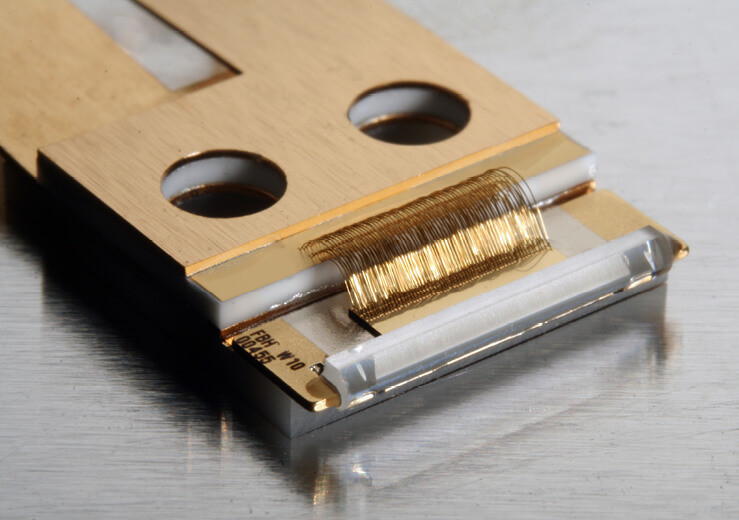
Collimation of Diode Laser Radiation
In order to apply the high beam quality of diode lasers, the highly divergent radiation has to be formed to a parallel laser beam first. This collimation is typically done by one or more microlenses. Using improper lenses can significantly deteriorate the beam quality supplied by the laser diode.
With the help of BeamXpertDESIGNER, the lenses best suited for this use can be determined. In addition, the effect of possible lens misalignments on the beam quality can be quantitatively determined.
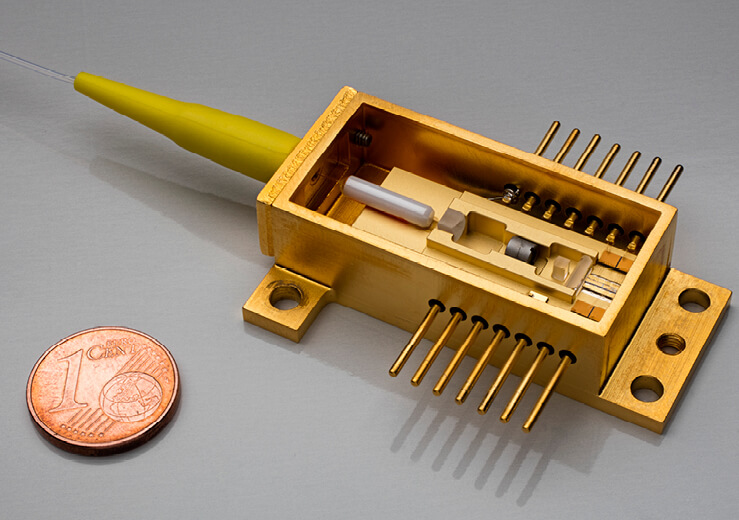
Fiber Coupling
The ability to couple laser radiation into fibers allows the separation of the laser beam generation location from the beam application location. This is a great advantage in practice. To couple the laser radiation into the fiber, the laser radiation has to be transformed to a spot with a precisely specified size and has to hit the fibre core as precisely as possible. The size of the spot and the degradation of the beam quality caused by the aberration of the fiber optic coupler depend on the lenses used.
Both can be calculated with BeamXpertDESIGNER. In addition, it is possible to quantitatively estimate the losses during coupling due to misalignment of the lenses.
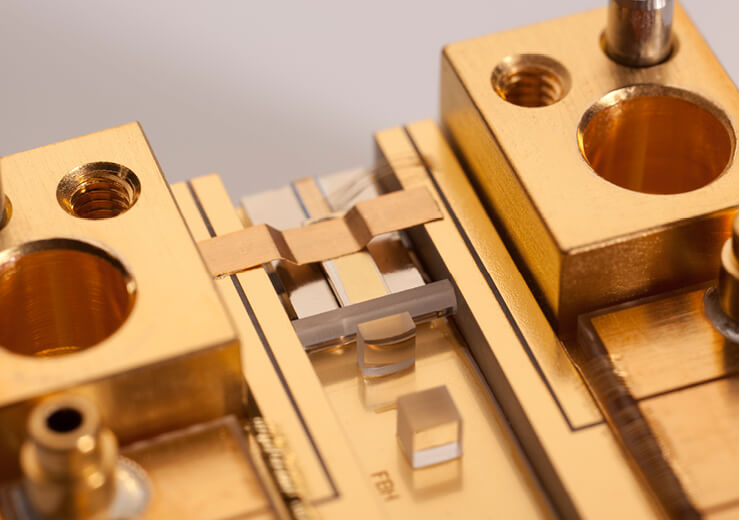
Frequency Conversion
In certain wavelength ranges, laser radiation cannot be generated directly or only with great technical difficulties. Instead, laser radiation is generated in an easily accessible wavelength range and converted into the desired wavelength range using nonlinear crystals. In order to achieve optimum conversion efficiencies, the laser radiation must be focused into the crystal while closely defined parameters (focus diameter and position, Rayleigh length, etc.) are maintained.
With BeamXpertDESIGNER it is possible to determine the necessary lens combinations quickly and reliably.
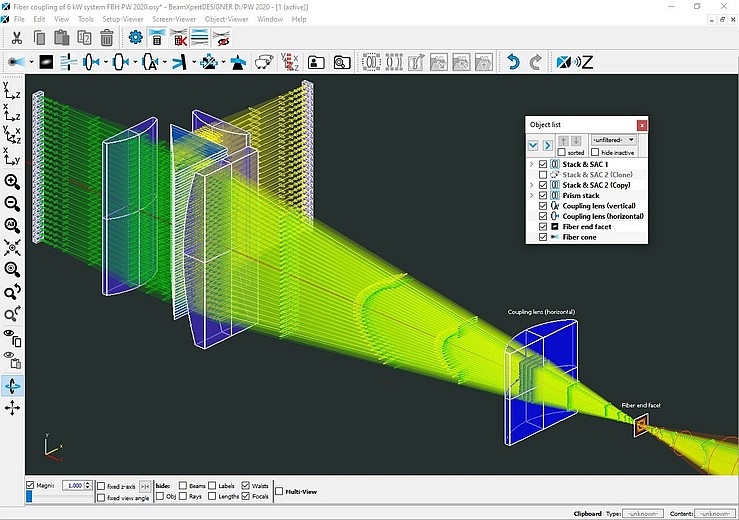
6 kW Fiber Coupled Diode Laser Pump Module
The beams of 56 diode lasers, arranged on two stacks, are collimated separately, optically combined to a total beam and coupled into a single fiber.
The optical system was developed with BeamXpertDESIGNER. Despite the large number of radiation sources, fluid working in real time was still possible. With the ray model it was easy to determine the coupling losses correctly.
The system was realized at the Ferdinand-Braun-Institut, Leibniz-Institut für Höchstfrequenztechnik (FBH) and acts as a pump module with a maximum output power of 6 kW.
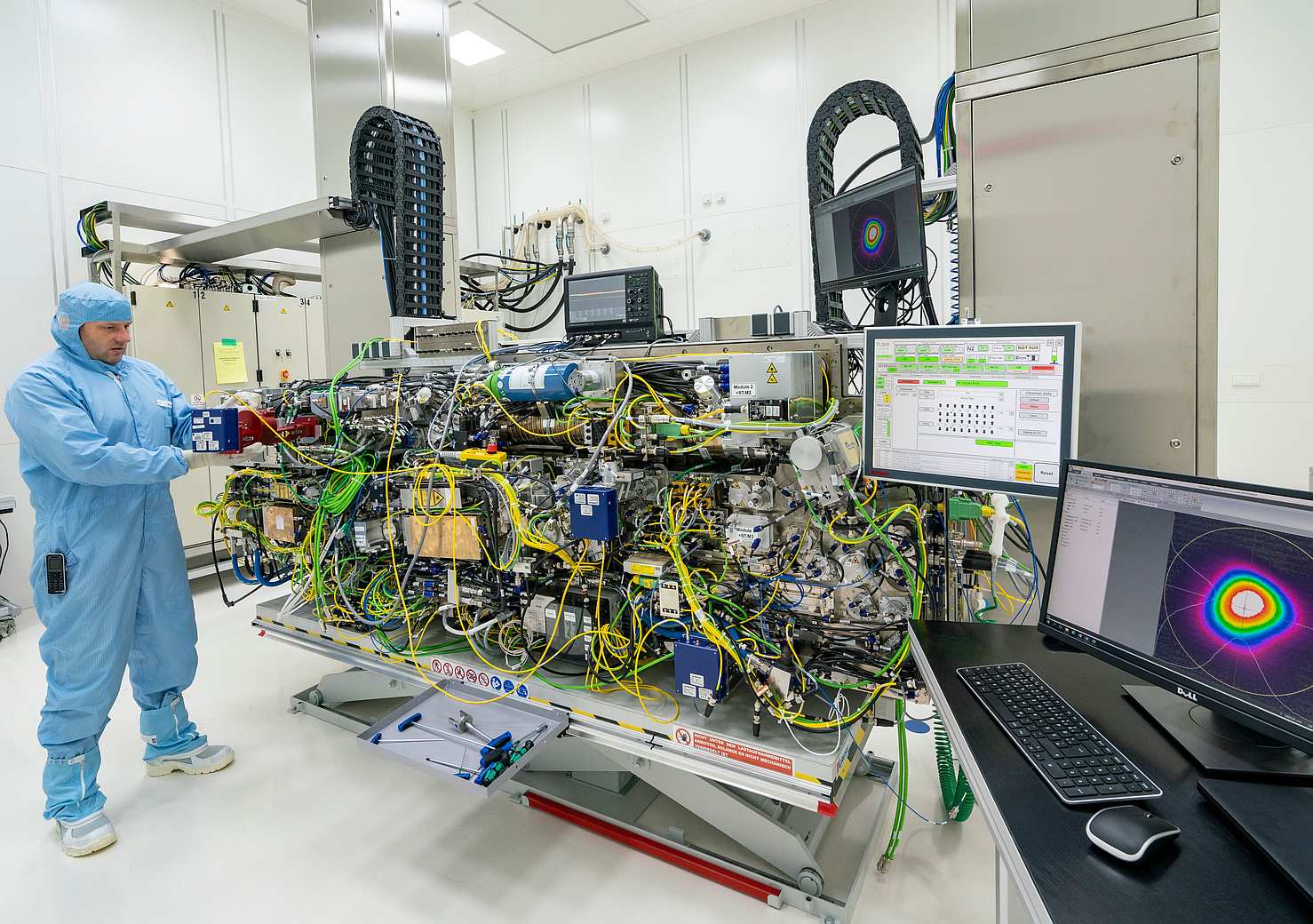
EUV generation devices for the semiconductor industry
The engineering of optical components for CO2 high-power lasers and amplifiers for the generation of extreme ultraviolet (EUV) radiation in the semiconductor industry demands great attention and accuracy in order to achieve the required stability and precision. Simulations and analyses are as essential parts of the engineering as are tests of functional models and prototypes.
BeamXpertDESIGNER supports TRUMPF Lasersystems for Semiconductor Manufacturing GmbH during the design phase of the optical layout, especially by its easy usability and the immediate visualization of the 3D beam path including the consideration of the disturbing contours of all components.
During the following detailing of the design, simple analyses (e. g. unwanted partial beams due to residual reflection from transmitting optics) as well as the exact determination of beam parameters (beam size, power density, ...) at any point of the beam path can be performed very quickly and reliably with the help of BeamXpertDESIGNER.
Designing and simulating experimental setups with a few dozen optics is as easy as creating complete models with several hundred optics and a total beam length of more than one kilometer.
The EUV generation systems from TRUMPF are being integrated by the lithography system manufacturer ASML together with components from the company Zeiss into systems for the realization of the current 5 nm production process.